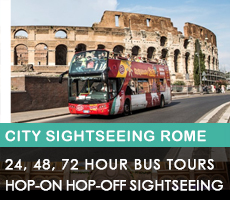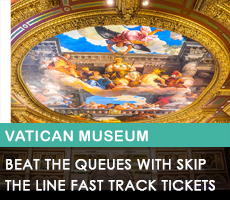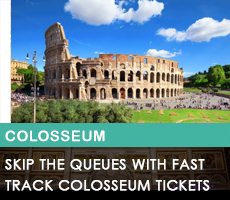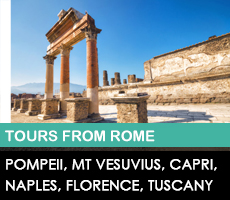Best museums and galleries in Rome to visit?
The Vatican Museums and other major highlights for the first-time visitor to Rome
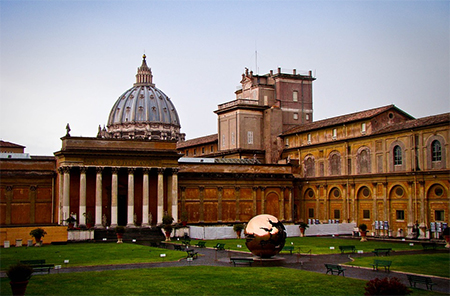
The Vatican Museums might be at the top of many people's list when thinking of the best museums and galleries in Rome, but other popular options are the Villa Borghese Gallery the National Museum of Rome and the Capitoline Museum among others.
Our other pages give you more detailed information on how to obtain tickets to such places as the Vatican Museums and the National Museum of Rome.
This page will give you an overview of the essential - and to many people the 'best' - museums and art galleries in Rome.
Roma Pass and tickets for Rome's museums and galleries
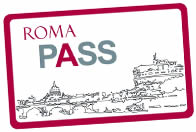
Nearly all Museums & Galleries charge for admission.
Many are run by the state and appear on the Roma Pass scheme which may be worthwhile if you want to make museums and galleries a major part of your visit to Rome.
The most popular ones like those listed here on this page can have significant queues and it is worth buying tickets in advance where available online. Indeed, for the Villa Borghese Gallery, it may not have tickets available for a day or two if you just turn up at the door.
Free access to churches with art
It's worthwhile remembering also that many of the churches in Rome have top quality paintings and sculpture and are for the most part are free to enter. Many museums and galleries may be closed or have shorter opening hours on a Monday; the Vatican Museums are closed on a Sunday.
Vatican Museums and Villa Borghese Gallery in Rome
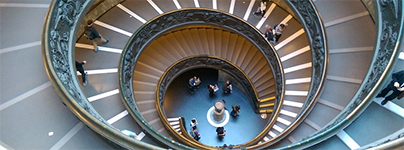
Vatican Museums
For the first-time visitor the Vatican Museums will probably be on your itinerary even if you are only on a day tour of Rome. As well as a vast complex of museums full of art pieces from across the centuries, the Vatican is of course home to the world famous Sistine Chapel and the works of Michelangelo.
We have a dedicated page to the Vatican Museums within our Vatican section.
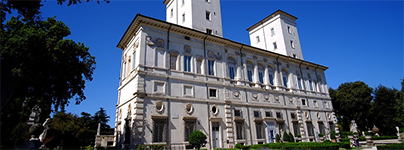
Villa Borghese Gallery
A small museum with a big reputation. If you have an interest in art this is a place to try and make even if you are only in town a couple of days. Buy your tickets in advance on-line or you will be almost certainly disappointed if you just turn up on the day.
The ground floor displays ancient Greek and Roman sculpture as well as Bernini masterpieces. Upstairs are paintings by Titian and Rubens among others.
Museo Nazionale Romano

The National Museum of Rome is in fact four separate museums covered by a single ticket.
Just steps from the Termini train, metro and bus station are two of the four Museo Nazionale Romano museums. Palazzo Massimo has a great collection of frescos with early Roman statues (the boxer, the discus thrower etc).
Virtually next door is the Baths of Diocletian the largest of Roman baths and for a bonus you have the Michelangelo built Santa Maria degi Angeli church which the early Christians built over the site of the baths.
The Palazzo Altemps branch of the Museo Nazionale Romano has sculptures and other ancient art installed in the frescoed rooms of a 16th-century palace close to Piazza Navona, in the north west of the ancient city.
The Crypta Balbi is a city-block of the historic centre of Rome that is probably the least impressive and visited of the four and is found just off the Piazza Venezia in the centre of Rome where the Capitoline Museum is located.
The Capitoline Museums and Doria Pamphilj Gallery

The Capitoline Museums
The Capitoline museums lay claim to being the world's oldest national museums founded in 1471. The Capitoline Museums are made of two buildings facing each other on the impressive Piazza del Campidoglio in the centre of Rome on Capitol hill overlooking the Roman Forum.
The collections are closely linked to the city of Rome, and most of the exhibits come from the city itself, dominated by sculptures including the highlight for many the "She Wolf”: the symbol most associated with Rome.
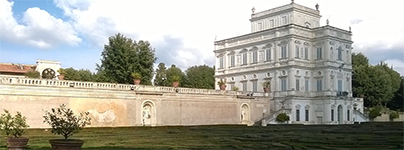
Doria Pamphilj Gallery
Housed in four wings that line the palace's courtyard, the picture gallery contains 550 paintings, including three by Caravaggio.
The palace is situated along Via del Corso, just to the north of Piazza Venezia at the centre of Rome.
The oldest parts of the palace go back to the 15th century.
Most of the great names of the Renaissance period are to be found on the walls.




